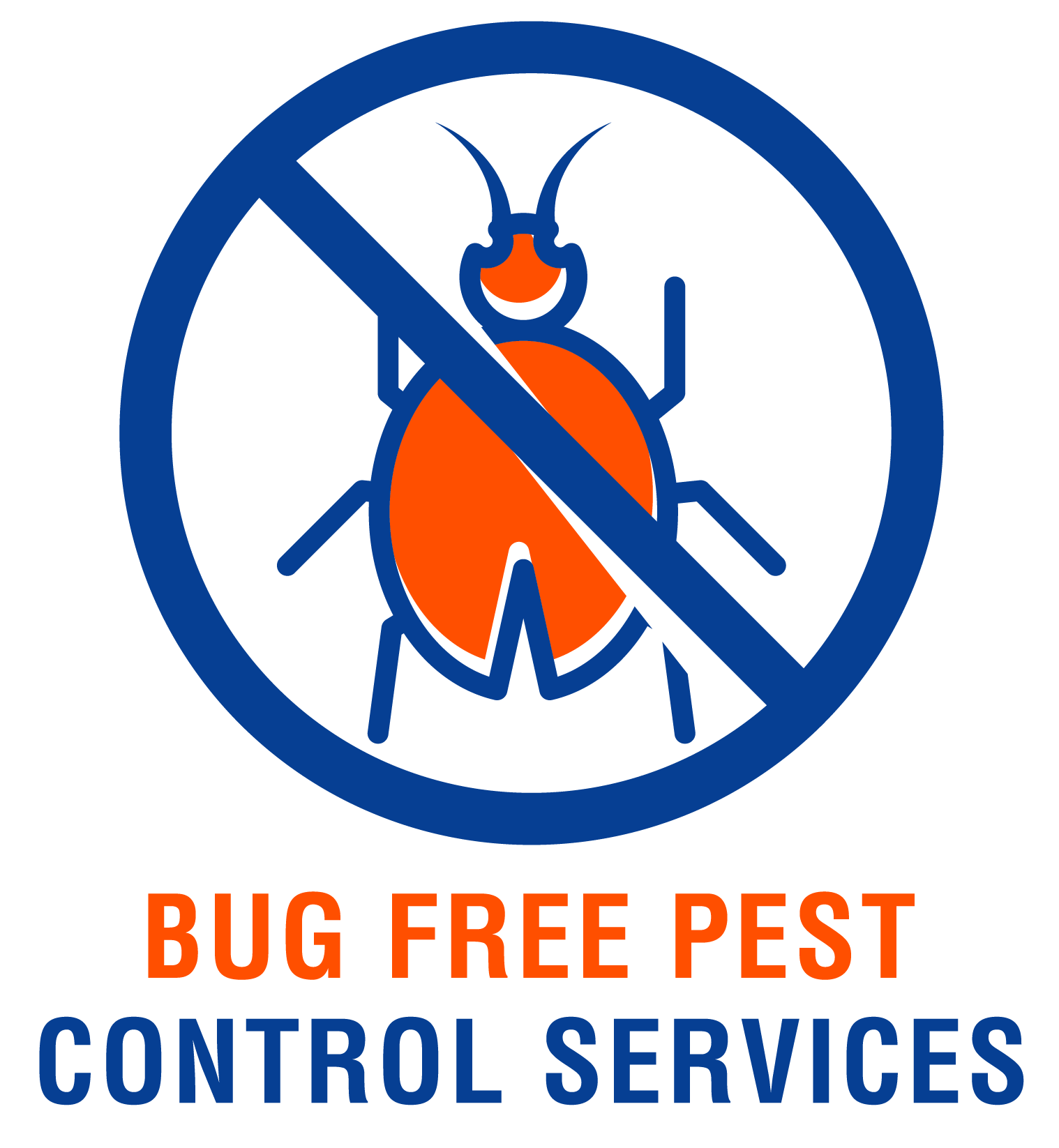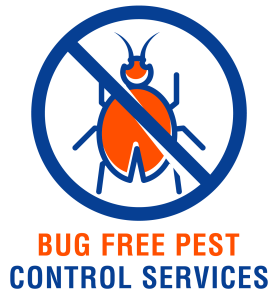Did you know that termites can cause significant damage to your home or property? If left unchecked, these tiny pests can weaken the structural integrity of your house and cost you thousands of dollars in repairs. Luckily, there are some simple and effective ways to prevent termite infestations from occurring in the first place. By implementing these preventative measures, you can safeguard your home and keep those sneaky termites at bay. In this article, we will explore some of the most efficient methods to protect your property and give you peace of mind.
Maintain Proper Ventilation
Ensure proper air circulation in the house
Proper ventilation is crucial in preventing termite infestations as termites thrive in damp and humid environments. To ensure proper air circulation in your house, make sure that air can flow freely through each room. Avoid blocking vents and keep furniture and other objects away from air vents. This will help reduce the moisture levels in your home, making it less inviting for termites.
Keep windows and doors open periodically
Opening windows and doors periodically allows fresh air to circulate and helps in reducing moisture buildup. It also allows sunlight to enter your home, as termites are attracted to darkness and prefer dark, moist areas. By letting natural light in, you create a less desirable environment for termites and discourage their presence in your home.
Install vents in attics and crawlspace
Attics and crawlspaces are prone to high humidity levels, making them attractive to termites. Installing vents in these areas can help regulate moisture levels and prevent termite infestations. Vents allow air to circulate, reducing the dampness that termites thrive on. Regularly check and clean these vents to ensure they are functioning properly and promoting the ventilation needed to keep termites at bay.
Use exhaust fans in kitchens and bathrooms
Kitchens and bathrooms are areas of high moisture due to cooking, bathing, and water use. To prevent termites from being attracted to these areas, ensure that proper ventilation is in place. Install and use exhaust fans in your kitchen and bathrooms to remove excess moisture and prevent it from building up. This will help create an environment that is less conducive to termite activity.
Remove Moisture Sources
Repair leaky pipes and faucets
Leaky pipes and faucets are common sources of moisture in the home, providing an ideal environment for termites. Regularly inspect your plumbing system and promptly repair any leaks or dripping faucets to prevent water accumulation. By eliminating these moisture sources, you remove one of the key attractants for termites and reduce the risk of an infestation.
Fix any water damage immediately
Water damage, such as from a roof leak or a burst pipe, can create excess moisture in your home, attracting termites. It is important to address any water damage immediately. Fix the source of the damage and thoroughly dry the affected area. Ensure there is no lingering moisture that could contribute to termite activity. Taking quick action to repair water damage helps to eliminate the conditions that termites thrive in, making your home less susceptible to infestation.
Clear clogged gutters and drains
Clogged gutters and drains can lead to water accumulation, which can attract termites. Regularly check and clear your gutters and drains to ensure proper water drainage. This will prevent moisture from pooling near your home and deter termites from being drawn to the area. Proper drainage is essential in maintaining a dry and termite-resistant environment.
Ensure proper drainage around the foundation
Improper drainage around the foundation of your home can result in excessive moisture, which is highly attractive to termites. Check and fix any issues with your home’s drainage system to prevent water from pooling near the foundation. Proper grading and the installation of french drains can help redirect water away from the structure. By maintaining proper drainage, you reduce the likelihood of termites finding their way into your home.
Store Wood Properly
Avoid stacking firewood against the house
Stacking firewood against your house provides an easy access point for termites. It creates a bridge from the woodpile to the structure, increasing the likelihood of a termite infestation. Instead, keep firewood stacked away from your home, preferably at least 20 feet away. This distance helps minimize the chances of termites migrating from the woodpile to your house.
Elevate woodpiles off the ground
Keeping woodpiles elevated off the ground helps prevent termites from easily accessing them. Direct contact with the soil provides an entry point for termites, as they can easily tunnel through the ground to the wood. Use a raised platform or pallets to keep your wood off the ground and create a physical barrier against termites.
Keep firewood away from the house
In addition to elevating woodpiles, it is essential to keep them at a safe distance from your home’s exterior. Termites are attracted to wood, and having a woodpile in close proximity to your house increases the risk of an infestation. Place the woodpile at least 20 feet away from your home to ensure that termites are less likely to make their way from the woodpile to your structure.
Store wood in a dry and ventilated area
Properly storing wood is crucial in preventing termite infestations. Make sure to store your firewood in a dry and well-ventilated area. Moist or damp wood is highly attractive to termites, and storing it in such conditions increases the risk of an infestation. Keep your firewood off the ground and cover it with a waterproof tarp to protect it from rain and humidity. By ensuring proper storage, you create a less appealing environment for termites.
Use Termite-Resistant Materials
Choose pressure-treated or naturally-resistant wood for construction
When constructing or renovating your home, using termite-resistant materials is a proactive measure against termite infestation. Pressure-treated wood has been treated with chemical preservatives that make it resistant to termite damage. Alternatively, you can choose naturally-resistant wood, such as cedar or redwood, which termites find less appealing. Incorporating these materials into your construction projects can help deter termites and protect your home.
Consider using concrete, steel, or composite materials
Opting for alternative building materials such as concrete, steel, or composite materials can significantly reduce the risk of termite infestation. These materials are not susceptible to termite damage and provide a durable and long-lasting solution. Consider using them for foundations, walls, and other structural elements to create a termite-resistant barrier.
Opt for termite-resistant insulation
Insulation is another potential entry point for termites, as it can retain moisture. By choosing termite-resistant insulation, you minimize the risk of termite infestation. Look for insulation materials with termite-repellent properties or additives that deter termite activity. This extra layer of protection can help safeguard your home against termites.
Regularly Inspect and Maintain
Inspect wooden structures regularly for signs of termite activity
Regular inspections of wooden structures are crucial in detecting termite activity early. Take the time to inspect any wooden elements in and around your home, including wooden beams, furniture, and wooden siding. Look for signs such as mud tubes, discarded wings, or small holes in the wood. Identifying termite activity early on allows for timely intervention and prevents extensive damage.
Check for mud tubes, discarded wings, or hollow-sounding wood
Mud tubes, discarded wings, and hollow-sounding wood are indicative of termite infestation. Inspect the exterior and interior of your home for these signs regularly. Mud tubes are small tunnels made of soil, wood particles, and termite saliva, which termites use to traverse and protect themselves. Discarded wings are often found near windowsills or light sources, as termites shed their wings after swarming. Hollow-sounding wood can be a sign of termite damage, as termites consume wood from the inside out. Being vigilant and identifying these signs can help you take immediate action to prevent further infestation.
Monitor moisture levels in vulnerable areas
Certain areas of your home, such as basements, crawlspaces, and bathrooms, are more prone to moisture buildup. Monitoring the moisture levels in these vulnerable areas is crucial in preventing termite infestations. Use a moisture meter to regularly check for excessive moisture, especially around wooden structures or areas with plumbing. Keeping these areas dry and well-ventilated helps discourage termite activity.
Maintain a clutter-free environment to deter termites
Clutter can provide hiding places for termites and make it difficult to detect their presence. Keep your living space tidy and clutter-free to minimize potential termite habitats. Regularly clean and declutter areas like basements, attics, and storage spaces. By eliminating unnecessary items and maintaining a clean environment, you create fewer opportunities for termites to thrive.
Create Physical Barriers
Install fine-mesh screens on windows and vents
Installing fine-mesh screens on windows and vents can prevent termites from entering your home. These screens act as a barrier, allowing fresh air to circulate while keeping termites out. Ensure that the screens are in good condition and free of any tears or gaps that may allow termites to pass through. You can also consider using screens treated with termite-resistant coatings for added protection.
Use steel mesh or barriers around foundation openings
Termites can enter through small gaps or cracks in your home’s foundation. To prevent this, use steel mesh or barriers to seal these openings. Place the mesh or barrier materials over vents, utility openings, or any other vulnerable areas where termites might try to enter. This physical barrier acts as a deterrent, making it difficult for termites to access your home.
Seal cracks and gaps in the foundation and walls
Inspect your home for any cracks or gaps in the foundation and walls, as these can serve as entry points for termites. Seal any openings with an appropriate sealant to prevent termites from squeezing through. Pay attention to areas where utilities enter or exit your home, as these are common spots for gaps to occur. By sealing cracks and gaps, you create a solid barrier against termite infestation.
Implement Pre-Construction Measures
Use termite-resistant materials during construction
When building a new home or undertaking major renovations, it is essential to use termite-resistant materials right from the start. Incorporating termite-resistant materials into the construction process adds an extra layer of protection against infestations. Consult with your contractor or architect to ensure that termite-resistant materials are included in the design and construction of your home.
Treat soil with termiticide before building
Treating the soil with a termiticide before construction begins is a proactive measure to prevent termite infestations. Termiticides create a barrier in the soil, deterring termites from approaching your home. Consult with a professional pest control expert to determine the most suitable termiticide and application method for your specific situation.
Install physical barriers during construction
During the construction phase, installing physical barriers against termites can provide long-term protection for your home. These barriers can be in the form of stainless steel mesh, termite-resistant membranes, or other approved materials. They are typically installed around vulnerable areas such as the foundation, utility openings, and slab joints to prevent termites from entering your structure. Incorporating physical barriers into the construction process helps fortify your home against termite infestations.
Seek Professional Help
Consult with a pest control expert
If you are unsure about prevention measures or suspect termite activity, it is best to consult with a professional pest control expert. They have the knowledge and experience to assess your situation, identify potential risks, and provide tailored advice on termite prevention. A pest control expert can guide you in implementing preventive measures and help ensure the long-term protection of your home.
Schedule regular termite inspections
Regular termite inspections are crucial in early detection and prevention of infestations. Schedule professional termite inspections at least once a year, or more frequently if you live in an area prone to termite activity. A trained inspector will thoroughly examine your home for signs of termite activity and provide recommendations to prevent future infestations. Implementing regular inspections is a proactive approach that can save you from costly termite damage.
Consider professional termite treatments if infestation occurs
If your home is already infested with termites, it is important to seek professional treatment to eliminate the infestation effectively. Professional termite treatments can include methods such as the application of termiticides, fumigation, or localized spot treatments. A trained technician will assess the extent of the infestation and recommend the most appropriate treatment method. Swift action is crucial in minimizing the damage caused by termites and restoring the integrity of your home.
Educate Yourself
Learn about termite behavior, signs, and preventive measures
Educating yourself about termite behavior, signs of infestation, and preventive measures is key to proactive termite prevention. Understand the biology and habits of termites to better recognize signs of their presence. Familiarize yourself with common indicators such as mud tubes, discarded wings, and hollow-sounding wood. Research different preventive measures and incorporate them into your regular home maintenance routine. By staying informed, you can take necessary steps to protect your home from termites.
Understand the local termite species and their habits
Different regions may have specific termite species that are prevalent. Understanding the local termite species and their habits can help you effectively prevent infestations. Research the termites common in your area, their preferred habitats, and the signs they leave behind. This knowledge will help you tailor your prevention strategies accordingly and take proactive measures to safeguard your home.
Be aware of conducive conditions for termite infestations
Certain conditions can make your home more susceptible to termite infestations. Be aware of these conducive conditions and take steps to mitigate them. Excessive moisture, wood-to-soil contact, and poorly-maintained structures are all factors that attract termites. By addressing these conditions and implementing preventive measures, you create an environment that is less attractive to termites.
Promote Natural Predators
Encourage birds like woodpeckers and swallows
Woodpeckers and swallows are natural predators of termites and can help control termite populations. Encourage these birds to visit your property by providing birdhouses or creating bird-friendly habitats. Woodpeckers, in particular, feed on termites by pecking into infested wood. By attracting these birds to your environment, you promote a natural form of termite control.
Attract predatory insects like ants and nematodes
Ants and nematodes are natural enemies of termites and can help keep their populations in check. Encourage the presence of predatory ants by maintaining a clean and clutter-free environment. Nematodes are microscopic roundworms that are effective in controlling termites. They can be purchased and introduced into your soil to naturally combat termite infestations. By promoting the presence of these natural predators, you create a biological defense against termites.
Plant termite-repellent herbs and plants
Certain herbs and plants have natural properties that repel termites. Planting them around your home can act as a deterrent and help prevent termite infestations. Some examples of termite-repellent plants include mint, rosemary, marigolds, and lavender. These plants can be strategically placed near vulnerable areas, such as the foundation or near wooden structures. By incorporating termite-repellent herbs and plants into your landscaping, you add an extra layer of protection against these destructive pests.
In conclusion, preventing termite infestations requires a proactive approach and a combination of preventive measures. Maintaining proper ventilation, removing moisture sources, storing wood properly, using termite-resistant materials, regularly inspecting and maintaining your home, creating physical barriers, implementing pre-construction measures, seeking professional help, educating yourself, and promoting natural predators are all effective ways to prevent termite infestations. By taking these steps, you can protect your home from the destructive impact of termites and ensure a termite-free living environment for you and your family.


